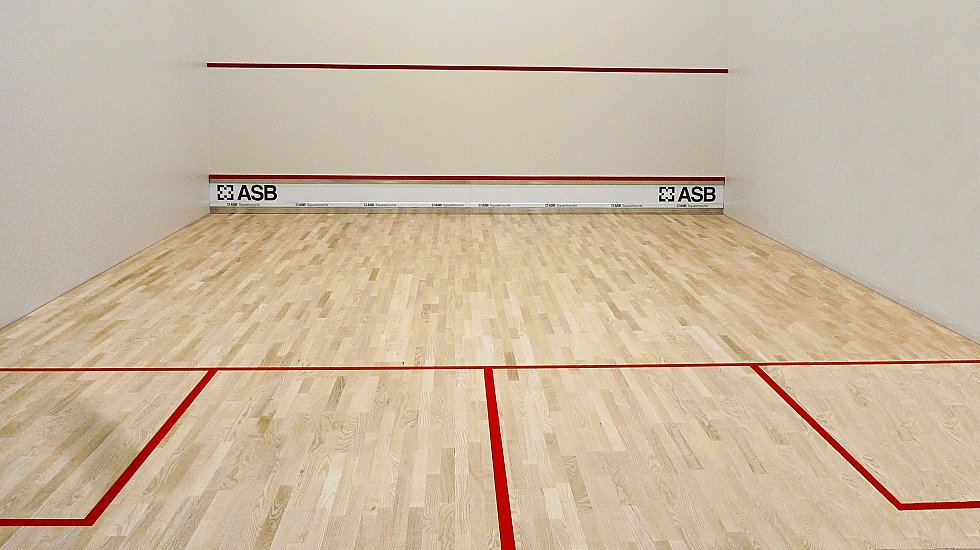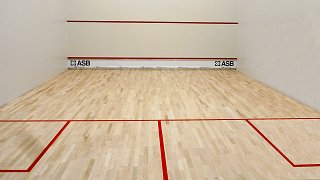Squash Floor: Solid hardwood or engineered?
Squash, like no other sport, requires a unique style of movement in a relatively small space, with two players battling to occupy the same position around the “T” in the middle of the court. This requires a safe and reliable type of squash floor. Below a small comparison is given to assist you when choosing the correct flooring for your court.

 Previous post
Previous post
